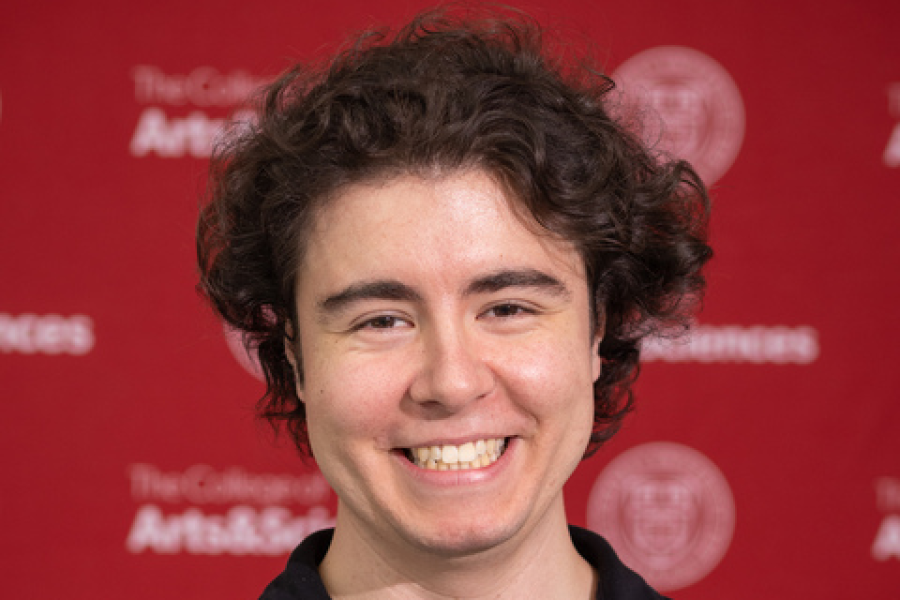
Nexus Scholar alumni profile: Ricco Venterea ’24
"Nexus Scholars was the first time where the only thing I had to worry about was research."
Read more Department Homepage
Department Homepage


"Nexus Scholars was the first time where the only thing I had to worry about was research."
Read more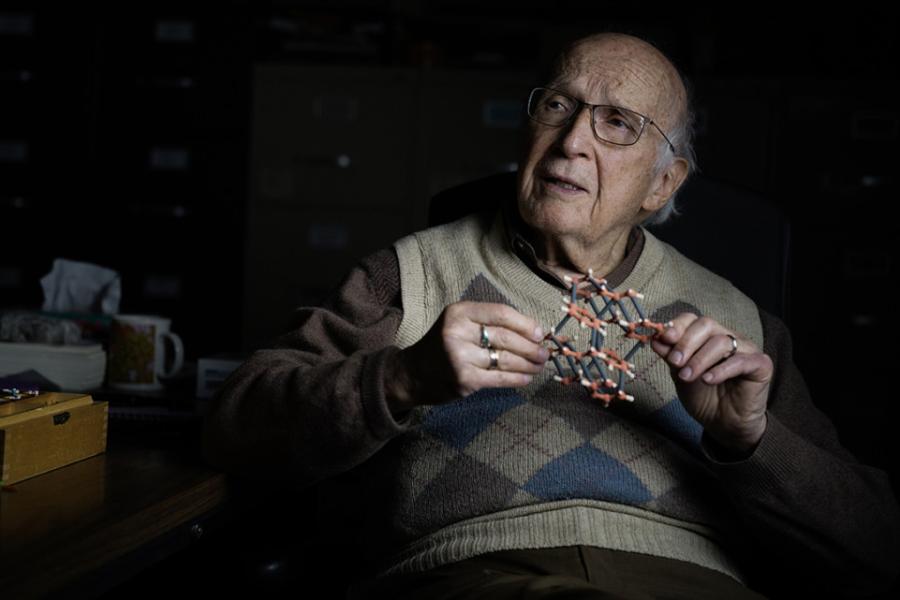
Eight Cornell faculty, including Provost Kavita Bala, are featured as “New Heroes” in a portrait series by Christopher Michel, the National Academies of Sciences, Engineering and Medicine’s inaugural artist-in-residence.
Read more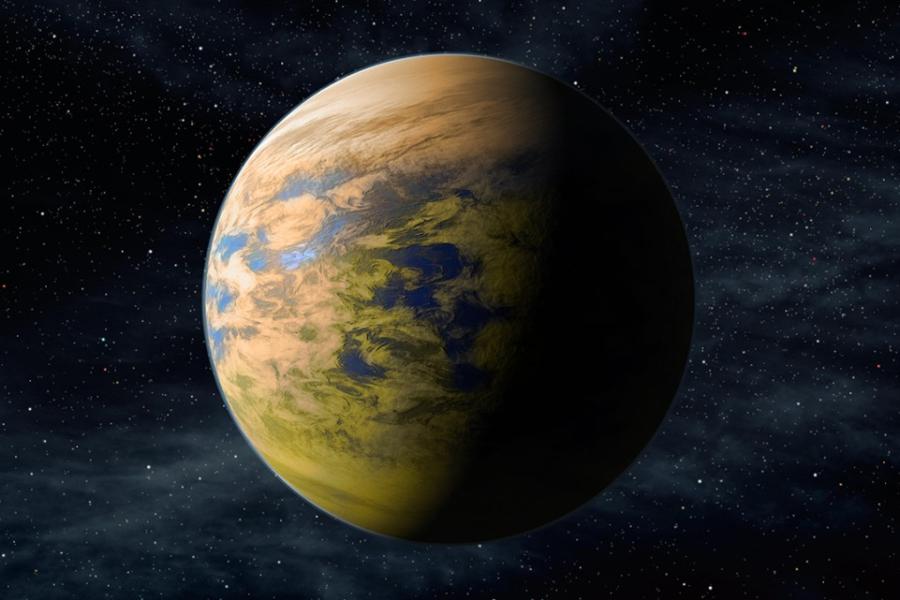
Cloud cover is bad for picnics and for viewing stars through a telescope. But an exoplanet with dense or even total cloud cover could help astronomers searching for signs of life beyond our planet, Cornell researchers have found.
Read more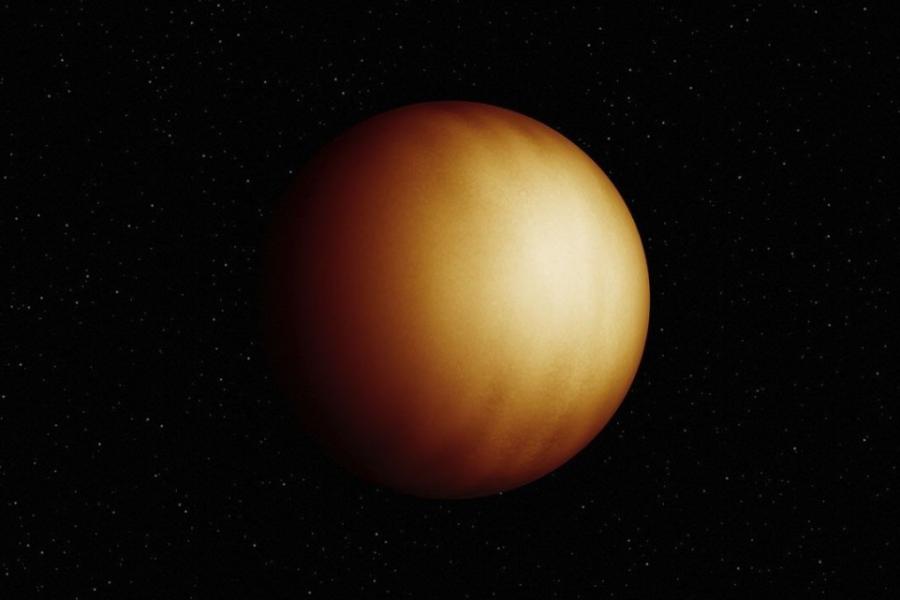

Astronomers have generated the first three-dimensional map of a planet orbiting another star, revealing an atmosphere with distinct temperature zones – one so scorching that it breaks down water vapor, a team co-led by a Cornell expert reports in new research.
Read more
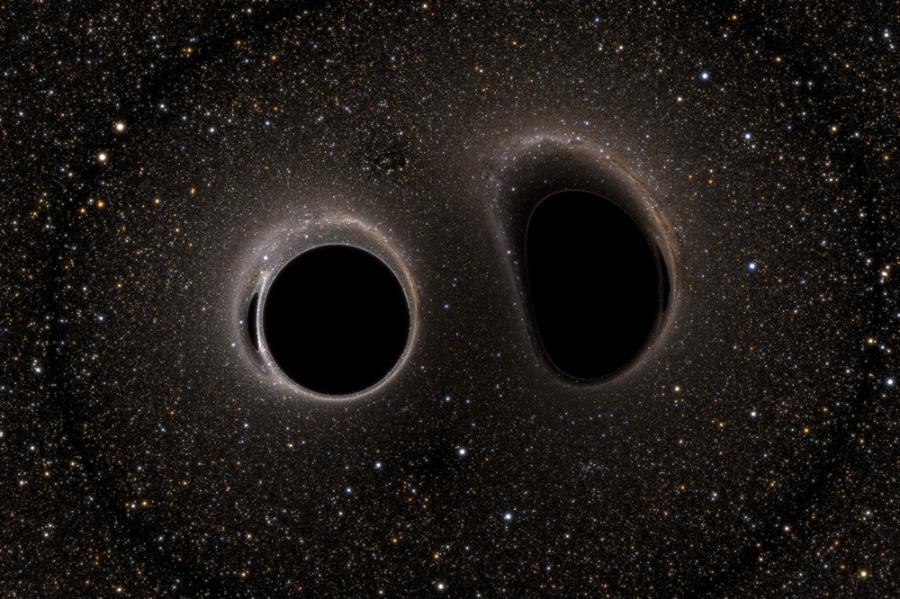
These simulations, developed with significant input from Cornell researchers using code written at Cornell, help scientists analyze gravitational waves observed by the LIGO, Virgo and KAGRA detectors located in the U.S., Italy and Japan.
Read more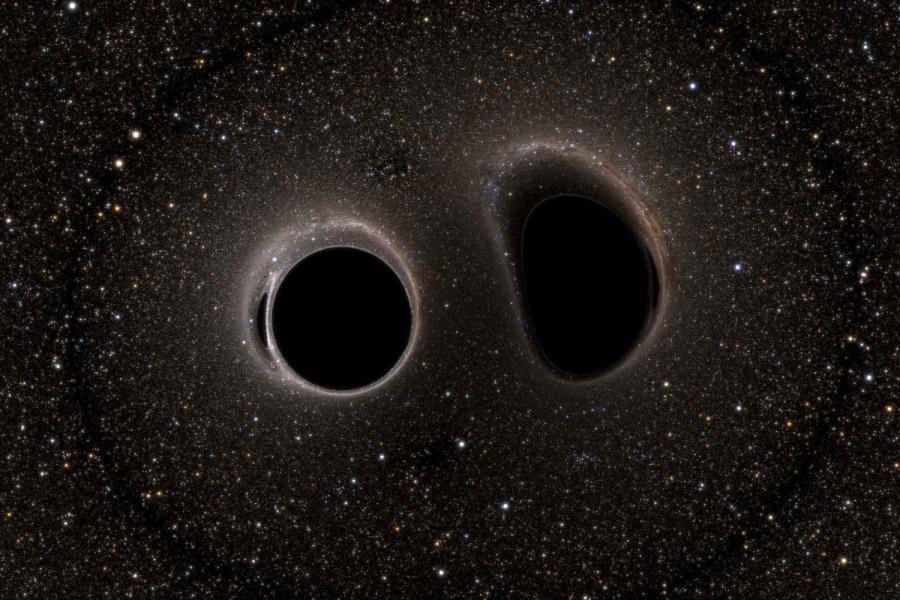
The LIGO-VIRGO-KAGRA team has announced a black hole merger similar to its first detection; a decade’s worth of technological advances allow unprecedented tests of General Relativity to be performed.
Read more
TRAPPIST-1 e may have an atmosphere that could support having liquid water on the planet’s surface in the form of a global ocean or icy surface, according to new research.
Read more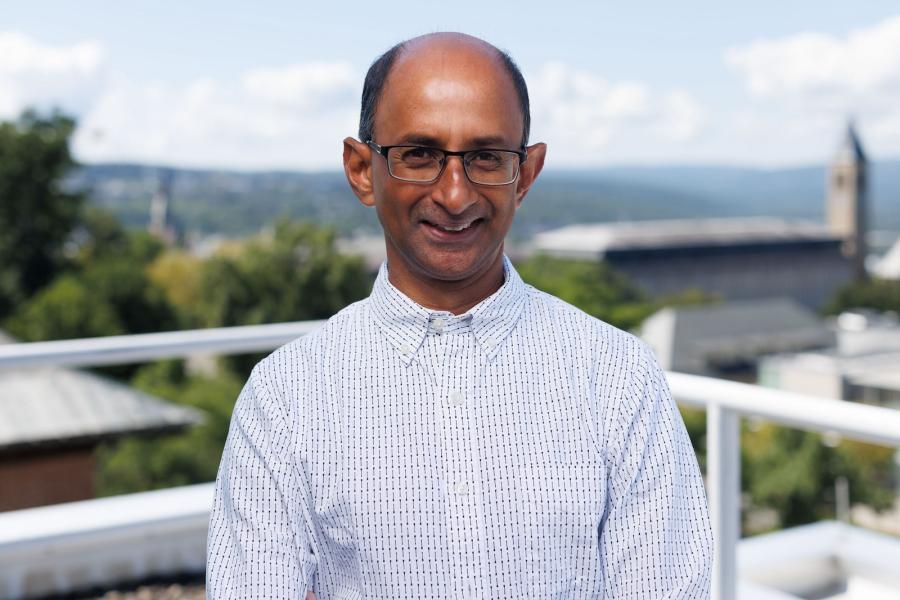
Together the Department of Astronomy and Cornell Center for Astrophysics and Planetary Science represent one of the world’s leading institutes for space science with over 110 active researchers. Research emphases include cosmology, solar system exploration, exoplanet science, and fundamental astrophysics. Graduate students, early career researchers and undergraduates, are actively engaged in current NASA missions, NSF consortia, and CCAT-Prime/FYST. The department and center also run an extensive and robust outreach program to the broader community.
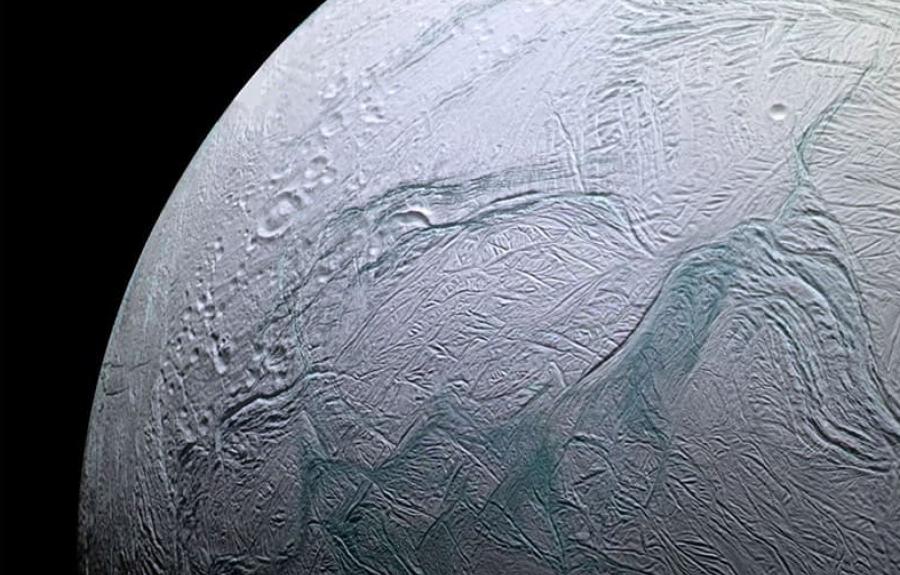
The Department of Astronomy is a leading center of astrophysics and planetary science research.
Visit CCAPS, the Cornell Center for Astrophysics and Planetary Science
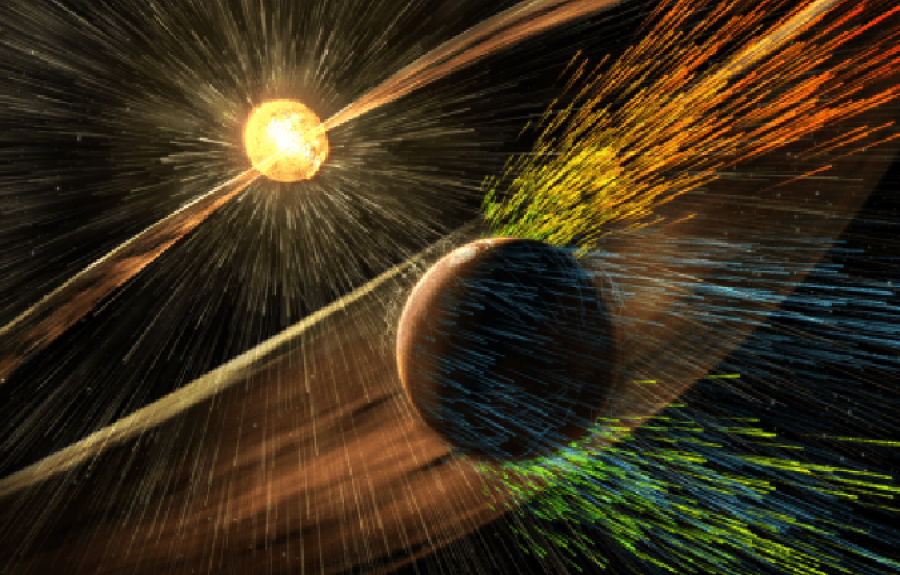
Universe Today reports "New research titled “Metal pollution in Sun-like stars from destruction of ultra-short-period planets” suggests that rocky planets are the source of these discrepancies. The authors are Christopher E. O’Connor and Dong Lai from Northwestern University and Cornell University, respectively." Read the full story here.

The Astronomy Major at Cornell University is designed to be flexible so that it can be customized to the needs of each student.
Learn about the undergraduate program
Astronomy offers a wide variety of world-class research opportunities in astronomy, astrophysics and space science, with strong multidisciplinary connections, and a friendly and supportive atmosphere.
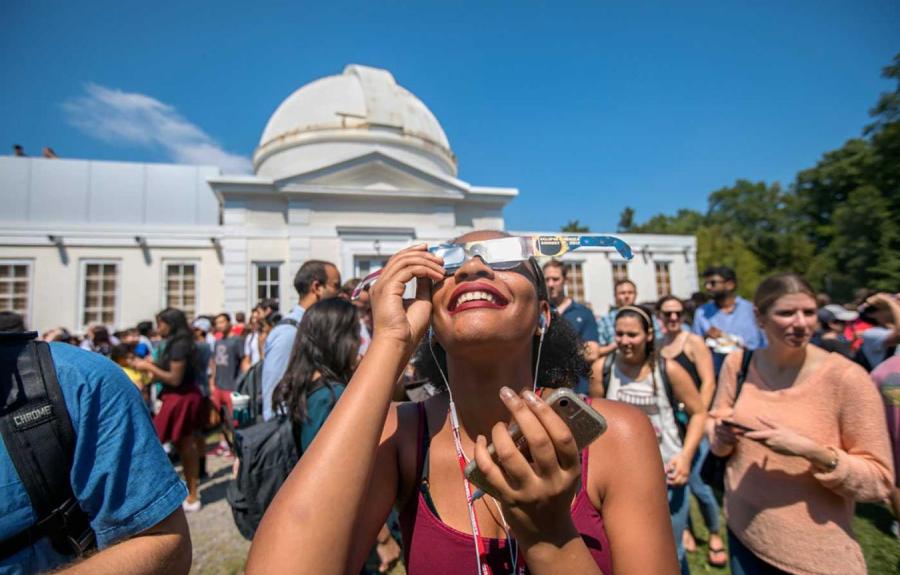
In the spirit of the renowned Cornell Professor Carl Sagan, the Department of Astronomy reaches beyond campus in numerous ways. The Spacecraft Planetary Image Facility (SPIF) is a repository of spacecraft data, a facilitator of research, and a hub for PreK-12 education and public outreach activities. Ask an Astronomer has been answering questions from the curious since 1997. The Cornell Astronomical Society conducts viewing nights at the Fuertes Observatory and offers educational programing to the public.